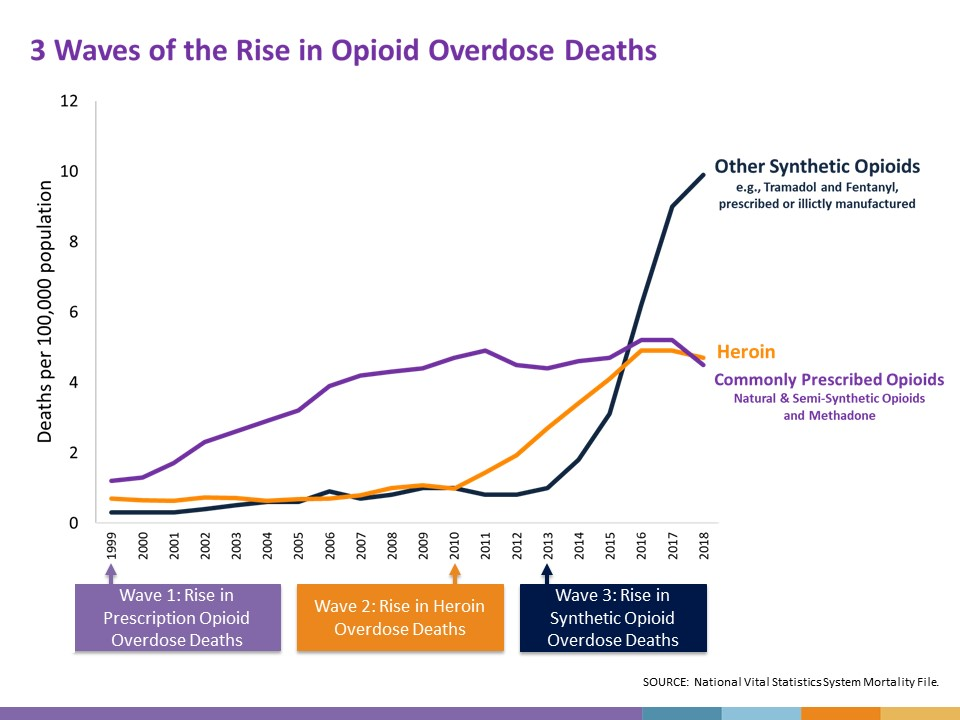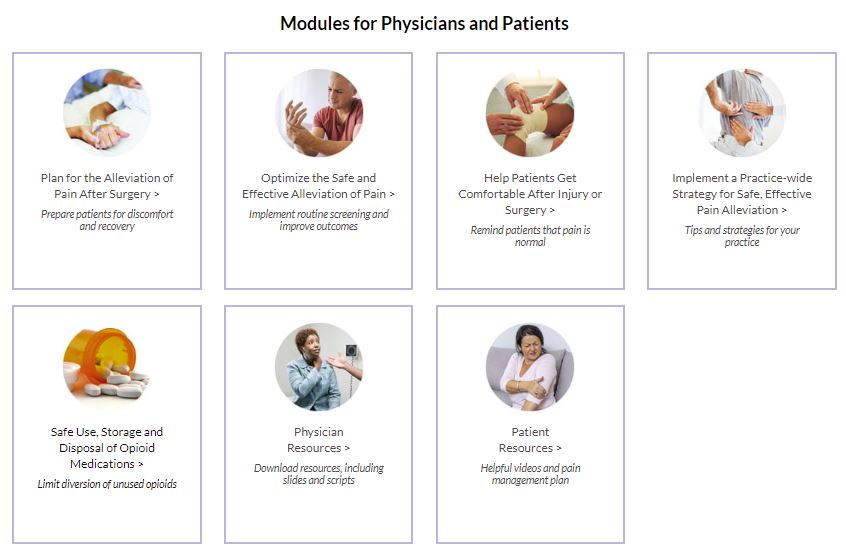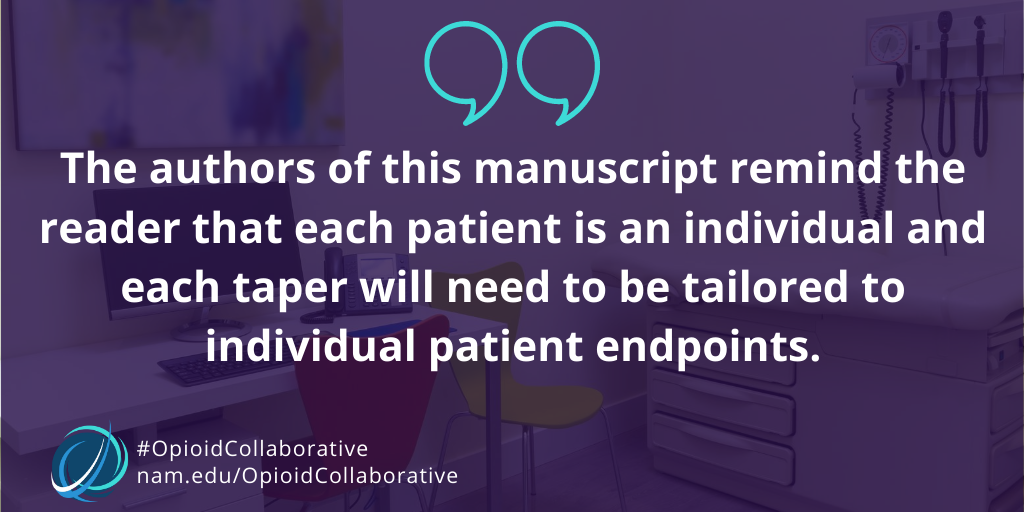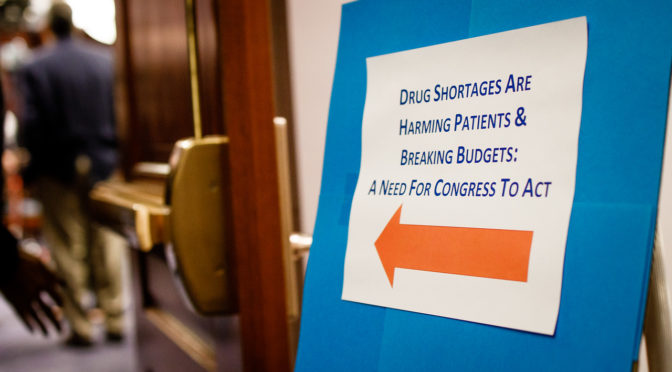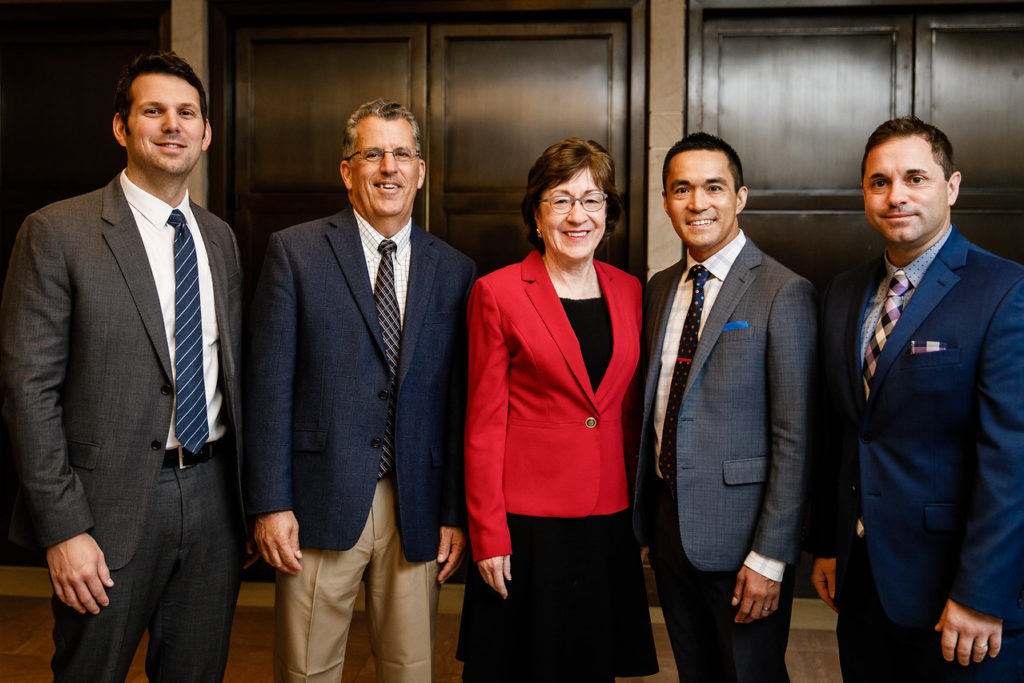 Nerve blocks (also referred to as “regional anesthesia”) offer patients many potential advantages in the immediate postoperative period such as decreased pain, nausea and vomiting, and time spent in the recovery room (1,2). However, these beneficial effects are time-limited and do not last beyond the duration of the block (2). While the clinical effects of nerve blocks typically last long enough for patients to meet discharge eligibility from recovery and avoid hospitalization for pain control (3), these results can be easily negated if patients’ pain or opioid-related side effects warrant a return trip to the hospital and readmission following block resolution (4). Thus, extending block duration to provide longer-term, site-specific analgesia for patients on an ambulatory basis has been a high research priority. What options are currently available?
Nerve blocks (also referred to as “regional anesthesia”) offer patients many potential advantages in the immediate postoperative period such as decreased pain, nausea and vomiting, and time spent in the recovery room (1,2). However, these beneficial effects are time-limited and do not last beyond the duration of the block (2). While the clinical effects of nerve blocks typically last long enough for patients to meet discharge eligibility from recovery and avoid hospitalization for pain control (3), these results can be easily negated if patients’ pain or opioid-related side effects warrant a return trip to the hospital and readmission following block resolution (4). Thus, extending block duration to provide longer-term, site-specific analgesia for patients on an ambulatory basis has been a high research priority. What options are currently available?
Continuous Peripheral Nerve Blocks
Continuous peripheral nerve block (CPNB) techniques (also known as perineural catheters) permit delivery of local anesthetic solutions to the site of a peripheral nerve on an ongoing basis (5). Portable infusion devices can deliver a solution of plain local anesthetic for days after surgery, often with the ability to titrate the dose up and down or even stop the infusion temporarily when patients feel too numb (6,7). In a meta-analysis comparing CPNB to single-injection peripheral nerve blocks, CPNB results in lower patient-reported worst pain scores and pain scores at rest on postoperative day (POD) 0, 1, and 2 (8). Patients who receive CPNB also experience less nausea, consume less opioids, sleep better, and are more satisfied with pain management (8). We also know how CPNB works: local anesthetic medication interrupts nerve transmission, so patients experience decreased sensation.
Managing CPNB patients (especially at home) can sometimes be challenging, and not all patients are good candidates for outpatient perineural infusion (7). Patients must have a reliable means of follow-up and should have a caretaker at home for at least the first night after surgery (7). A health care provider must be available at all times to manage common issues associated with CPNB and call patients once daily to assess for analgesic efficacy and side effects (9). Patients, especially those undergoing lower extremity surgery, and their caretakers should receive clear instructions regarding the care of their infusion device and catheter as well as their anesthetized extremities (10,11) including fall precautions (12,13).
Although the optimal duration for CPNB is unknown, 2 to 7 days has been reported for orthopedic inpatients (14) with durations as long as 34 days under special circumstances (15). At the completion of the local anesthetic infusion, perineural catheters must be removed. To date, CPNB is the only technique that offers patients the longest potential duration of block paired with the ability to titrate to the desired level of block.
Despite more than a decade of published data supporting CPNB for extending the duration of postoperative pain control, adoption of these techniques is not universal. Many of the issues are arguably system-based, and the lack of a “block” room (16) or time pressure (17) may be responsible. However, lack of training in these techniques may also be a factor (18) or negative experiences with failed placement attempts using traditional techniques (19).
Adjuvants to Local Anesthetic Solutions for Single-Injection Peripheral Nerve Blocks
For nerve blocks intended to last 1-2 days, there are a few options. Long-acting local anesthetics (e.g., bupivacaine, levobupivacaine, and ropivacaine) generally provide analgesia of similar duration for 24 hours or less (20-23). Several different drugs have been investigated for their potential to extend single-injection peripheral nerve block duration when added to local anesthetic solutions. Epinephrine when added to local anesthetic solutions provides vasoconstriction to decrease uptake but has little or no clinical effect on the duration of longer-acting local anesthetics (24). Opioids in general do not provide additional benefits in terms of duration (25) except for buprenorphine (26) although how it works is unclear. To date, there are insufficient data to support the addition of tramadol or neostigmine to local anesthetic solutions (25). Of the available adjuvants, clonidine has been demonstrated in clinical studies and systematic reviews to extend the duration of analgesia for intermediate-acting local anesthetics (e.g., mepivacaine) with few side effects in doses up to 150 mcg but probably do not extend long-acting local anesthetics (25,27). There has been increasing interest in dexamethasone as an adjuvant to local anesthetic solutions based on clinical reports of extended duration when added to intermediate-acting local anesthetics (28,29). The mechanism is not well understood and may be less pronounced with long-acting local anesthetics; one study reported block durations of only 22 hours with dexamethasone added to either ropivacaine or bupivacaine (30). Giving dexamethasone intravenously may actually produce the same effect (31). Caution is warranted when experimenting with adjuvant mixtures that have not been specifically approved for nerve blocks (i.e., “off-label” use) as many of the usual FDA safeguards have not been performed, and these drugs may contribute to neurotoxicity or other side effects not yet known.
Novel Extended-Duration Local Anesthetics
There has been interest in liposomal formulations of extended-release bupivacaine for regional anesthesia for over two decades (32,33). A recent formulation consisting of bupivacaine encapsulated in multivesicular liposomes to produce slow release is FDA-approved for local infiltration (34) but not yet for nerve blocks although this is expected soon. A nerve block with liposomal bupivacaine can be expected to last 1-3 days. Initial nerve block studies in animals suggest a lower maximum serum concentration with the liposomal formulation compared to plain bupivacaine (35)–unless co-administered with lidocaine which facilitates release of liposomal bupivacaine (36)–and epidural administration in human volunteers more than doubles duration of sensory block (37). Once it receives FDA approval, I expect many comparative studies versus CPNB for postoperative analgesia. There are still concerns regarding local anesthetic systemic toxicity with liposomal bupivacaine as well as prolonged motor block and unpleasant numbness given the drug’s long-lasting effects. In addition, there is no option for “giving more” to augment a block in the event of inadequate pain relief.
In summary, there are currently few options to extend the duration of regional analgesia at home beyond the one day expected from most single-injection nerve blocks. CPNB with plain local anesthetic perineural infusion is the most established way to provide days of postoperative pain control and allows titration, but training in insertion techniques and a system to manage ambulatory CPNB patients are necessary. Adjuvants or liposomal formulations of local anesthetics may offer potential options for limited extension of block duration, but further studies regarding efficacy and safety for regional anesthesia as well as comparative-effectiveness versus CPNB are necessary. For major surgery like total knee replacement, block duration of several days may be optimal (38).
References
- Liu SS, Strodtbeck WM, Richman JM, Wu CL: A comparison of regional versus general anesthesia for ambulatory anesthesia: a meta-analysis of randomized controlled trials. Anesth Analg 2005; 101: 1634-42
- McCartney CJ, Brull R, Chan VW, Katz J, Abbas S, Graham B, Nova H, Rawson R, Anastakis DJ, von Schroeder H: Early but no long-term benefit of regional compared with general anesthesia for ambulatory hand surgery. Anesthesiology 2004; 101: 461-7
- Williams BA, Kentor ML, Vogt MT, Williams JP, Chelly JE, Valalik S, Harner CD, Fu FH: Femoral-sciatic nerve blocks for complex outpatient knee surgery are associated with less postoperative pain before same-day discharge: a review of 1,200 consecutive cases from the period 1996-1999. Anesthesiology 2003; 98: 1206-13
- Williams BA, Kentor ML, Vogt MT, Vogt WB, Coley KC, Williams JP, Roberts MS, Chelly JE, Harner CD, Fu FH: Economics of nerve block pain management after anterior cruciate ligament reconstruction: potential hospital cost savings via associated postanesthesia care unit bypass and same-day discharge. Anesthesiology 2004; 100: 697-706
- Ilfeld BM: Continuous peripheral nerve blocks: a review of the published evidence. Anesth Analg 2011; 113: 904-25
- Ilfeld BM: Continuous peripheral nerve blocks in the hospital and at home. Anesthesiol Clin 2011; 29: 193-211
- Ilfeld BM, Enneking FK: Continuous peripheral nerve blocks at home: a review. Anesth Analg 2005; 100: 1822-33
- Bingham AE, Fu R, Horn JL, Abrahams MS: Continuous peripheral nerve block compared with single-injection peripheral nerve block: a systematic review and meta-analysis of randomized controlled trials. Reg Anesth Pain Med 2012; 37: 583-94
- Ilfeld BM, Esener DE, Morey TE, Enneking FK: Ambulatory perineural infusion: the patients’ perspective. Reg Anesth Pain Med 2003; 28: 418-23
- Charous MT, Madison SJ, Suresh PJ, Sandhu NS, Loland VJ, Mariano ER, Donohue MC, Dutton PH, Ferguson EJ, Ilfeld BM: Continuous femoral nerve blocks: varying local anesthetic delivery method (bolus versus basal) to minimize quadriceps motor block while maintaining sensory block. Anesthesiology 2011; 115: 774-81
- Ilfeld BM, Moeller LK, Mariano ER, Loland VJ, Stevens-Lapsley JE, Fleisher AS, Girard PJ, Donohue MC, Ferguson EJ, Ball ST: Continuous peripheral nerve blocks: is local anesthetic dose the only factor, or do concentration and volume influence infusion effects as well? Anesthesiology 2010; 112: 347-54
- Feibel RJ, Dervin GF, Kim PR, Beaule PE: Major complications associated with femoral nerve catheters for knee arthroplasty: a word of caution. J Arthroplasty 2009; 24: 132-7
- Ilfeld BM, Duke KB, Donohue MC: The association between lower extremity continuous peripheral nerve blocks and patient falls after knee and hip arthroplasty. Anesth Analg 2010; 111: 1552-4
- Capdevila X, Pirat P, Bringuier S, Gaertner E, Singelyn F, Bernard N, Choquet O, Bouaziz H, Bonnet F: Continuous peripheral nerve blocks in hospital wards after orthopedic surgery: a multicenter prospective analysis of the quality of postoperative analgesia and complications in 1,416 patients. Anesthesiology 2005; 103: 1035-45
- Stojadinovic A, Auton A, Peoples GE, McKnight GM, Shields C, Croll SM, Bleckner LL, Winkley J, Maniscalco-Theberge ME, Buckenmaier CC, 3rd: Responding to challenges in modern combat casualty care: innovative use of advanced regional anesthesia. Pain Med 2006; 7: 330-8
- Mariano ER, Chu LF, Peinado CR, Mazzei WJ: Anesthesia-controlled time and turnover time for ambulatory upper extremity surgery performed with regional versus general anesthesia. J Clin Anesth 2009; 21: 253-7
- Oldman M, McCartney CJ, Leung A, Rawson R, Perlas A, Gadsden J, Chan VW: A survey of orthopedic surgeons’ attitudes and knowledge regarding regional anesthesia. Anesth Analg 2004; 98: 1486-90, table of contents
- Hadzic A, Vloka JD, Kuroda MM, Koorn R, Birnbach DJ: The practice of peripheral nerve blocks in the United States: a national survey [p2e comments]. Reg Anesth Pain Med 1998; 23: 241-6
- Salinas FV: Location, location, location: Continuous peripheral nerve blocks and stimulating catheters. Reg Anesth Pain Med 2003; 28: 79-82
- Casati A, Borghi B, Fanelli G, Cerchierini E, Santorsola R, Sassoli V, Grispigni C, Torri G: A double-blinded, randomized comparison of either 0.5% levobupivacaine or 0.5% ropivacaine for sciatic nerve block. Anesth Analg 2002; 94: 987-90
- Hickey R, Hoffman J, Ramamurthy S: A comparison of ropivacaine 0.5% and bupivacaine 0.5% for brachial plexus block. Anesthesiology 1991; 74: 639-42
- Klein SM, Greengrass RA, Steele SM, D’Ercole FJ, Speer KP, Gleason DH, DeLong ER, Warner DS: A comparison of 0.5% bupivacaine, 0.5% ropivacaine, and 0.75% ropivacaine for interscalene brachial plexus block. Anesth Analg 1998; 87: 1316-9
- Fanelli G, Casati A, Beccaria P, Aldegheri G, Berti M, Tarantino F, Torri G: A double-blind comparison of ropivacaine, bupivacaine, and mepivacaine during sciatic and femoral nerve blockade. Anesth Analg 1998; 87: 597-600
- Weber A, Fournier R, Van Gessel E, Riand N, Gamulin Z: Epinephrine does not prolong the analgesia of 20 mL ropivacaine 0.5% or 0.2% in a femoral three-in-one block. Anesth Analg 2001; 93: 1327-31
- Murphy DB, McCartney CJ, Chan VW: Novel analgesic adjuncts for brachial plexus block: a systematic review. Anesth Analg 2000; 90: 1122-8
- Candido KD, Franco CD, Khan MA, Winnie AP, Raja DS: Buprenorphine added to the local anesthetic for brachial plexus block to provide postoperative analgesia in outpatients. Reg Anesth Pain Med 2001; 26: 352-6
- McCartney CJ, Duggan E, Apatu E: Should we add clonidine to local anesthetic for peripheral nerve blockade? A qualitative systematic review of the literature. Reg Anesth Pain Med 2007; 32: 330-8
- Movafegh A, Razazian M, Hajimaohamadi F, Meysamie A: Dexamethasone added to lidocaine prolongs axillary brachial plexus blockade. Anesth Analg 2006; 102: 263-7
- Parrington SJ, O’Donnell D, Chan VW, Brown-Shreves D, Subramanyam R, Qu M, Brull R: Dexamethasone added to mepivacaine prolongs the duration of analgesia after supraclavicular brachial plexus blockade. Reg Anesth Pain Med 2010; 35: 422-6
- Cummings KC, 3rd, Napierkowski DE, Parra-Sanchez I, Kurz A, Dalton JE, Brems JJ, Sessler DI: Effect of dexamethasone on the duration of interscalene nerve blocks with ropivacaine or bupivacaine. Br J Anaesth 2011; 107: 446-53
- Desmet M, Braems H, Reynvoet M, et al: I.V. and perineural dexamethasone are equivalent in increasing the analgesic duration of a single-shot interscalene block with ropivacaine for shoulder surgery: a prospective, randomized, placebo-controlled study. Br J Anaesth 2013; 111: 445-52
- Boogaerts J, Lafont N, Donnay M, Luo H, Legros FJ: Motor blockade and absence of local nerve toxicity induced by liposomal bupivacaine injected into the brachial plexus of rabbits. Acta Anaesthesiol Belg 1995; 46: 19-24
- Boogaerts JG, Lafont ND, Declercq AG, Luo HC, Gravet ET, Bianchi JA, Legros FJ: Epidural administration of liposome-associated bupivacaine for the management of postsurgical pain: a first study. J Clin Anesth 1994; 6: 315-20
- Chahar P, Cummings KC, 3rd: Liposomal bupivacaine: a review of a new bupivacaine formulation. J Pain Res 2012; 5: 257-64
- Richard BM, Newton P, Ott LR, Haan D, Brubaker AN, Cole PI, Ross PE, Rebelatto MC, Nelson KG: The Safety of EXPAREL (R) (Bupivacaine Liposome Injectable Suspension) Administered by Peripheral Nerve Block in Rabbits and Dogs. J Drug Deliv 2012; 2012: 962101
- Richard BM, Rickert DE, Doolittle D, Mize A, Liu J, Lawson CF: Pharmacokinetic Compatibility Study of Lidocaine with EXPAREL in Yucatan Miniature Pigs. ISRN Pharm 2011; 2011: 582351
- Viscusi ER, Candiotti KA, Onel E, Morren M, Ludbrook GL: The pharmacokinetics and pharmacodynamics of liposome bupivacaine administered via a single epidural injection to healthy volunteers. Reg Anesth Pain Med 2012; 37: 616-22
- Lavand’homme PM, Grosu I, France MN, Thienpont E: Pain trajectories identify patients at risk of persistent pain after knee arthroplasty: an observational study. Clin Orthop Relat Res 2014; 472: 1409-15.
Facebook
LinkedIn
Pinterest
E-mail
Related Posts:



